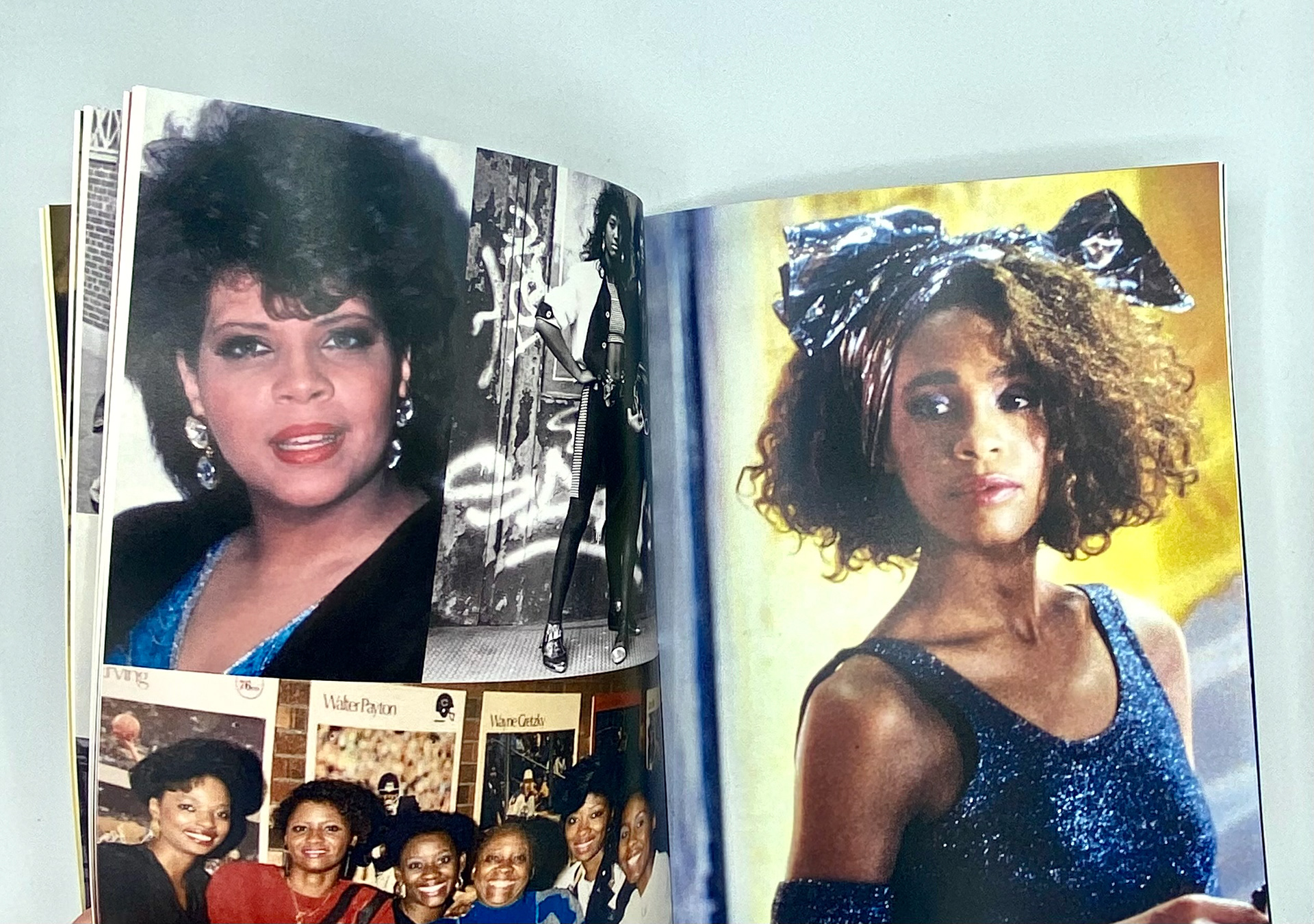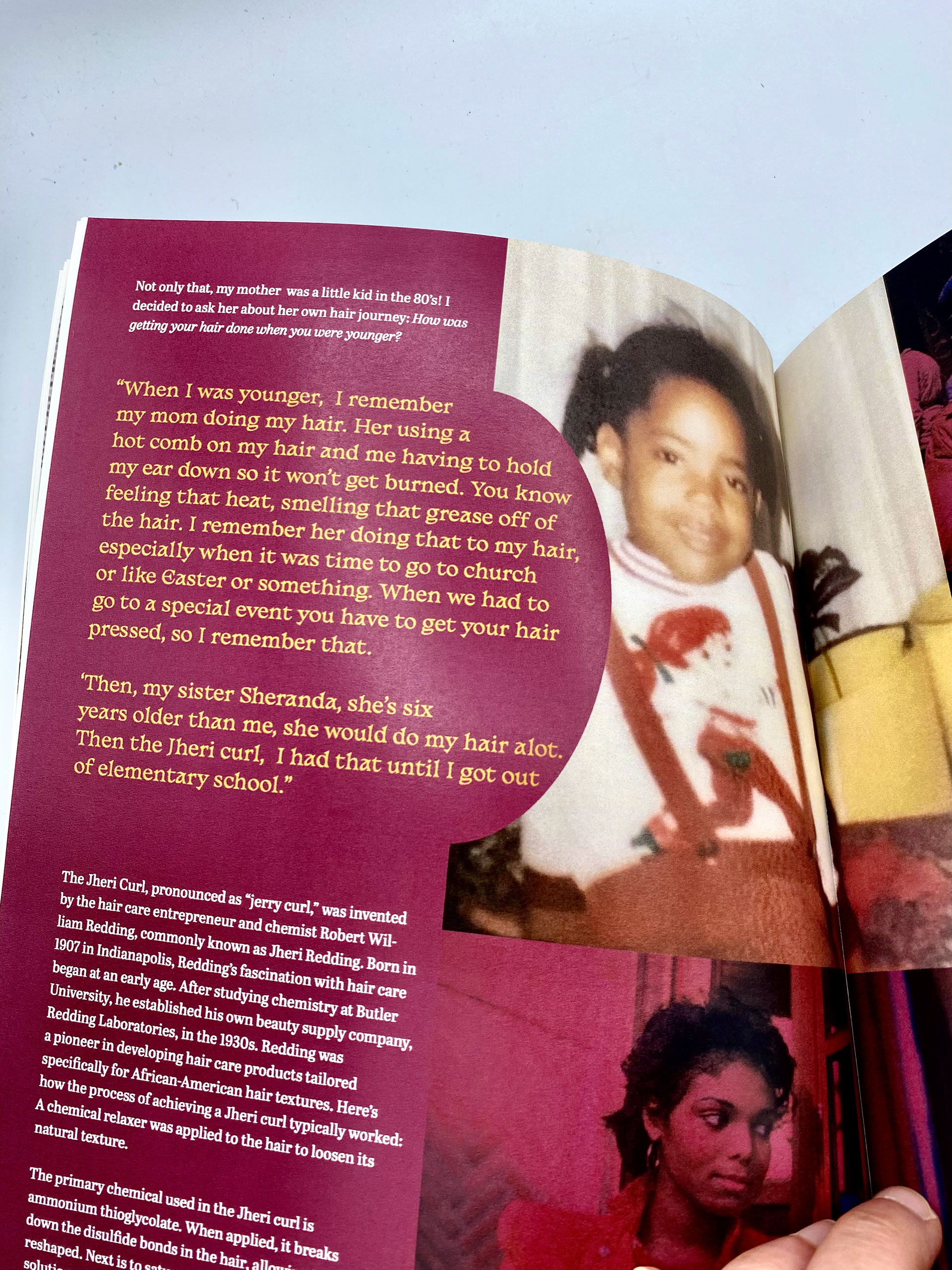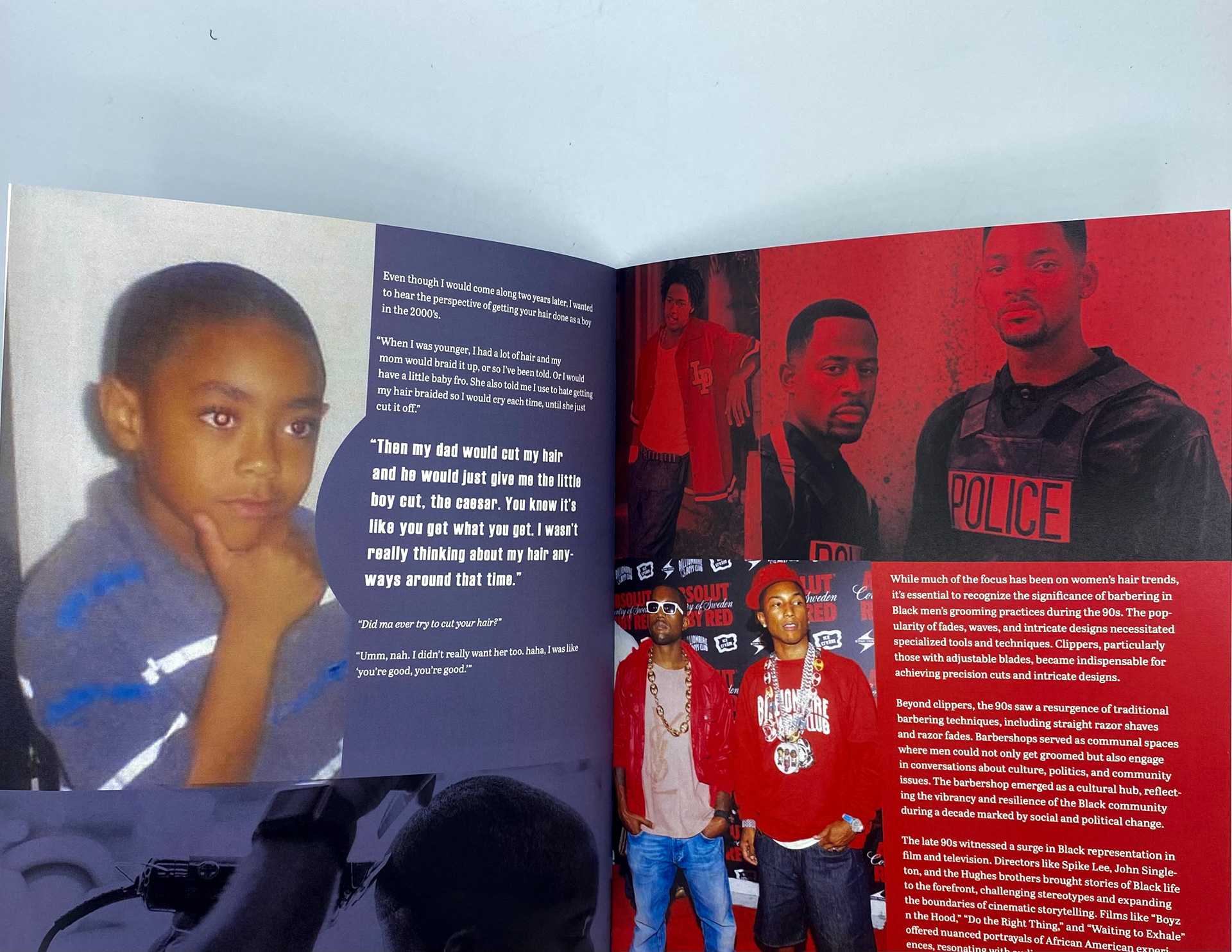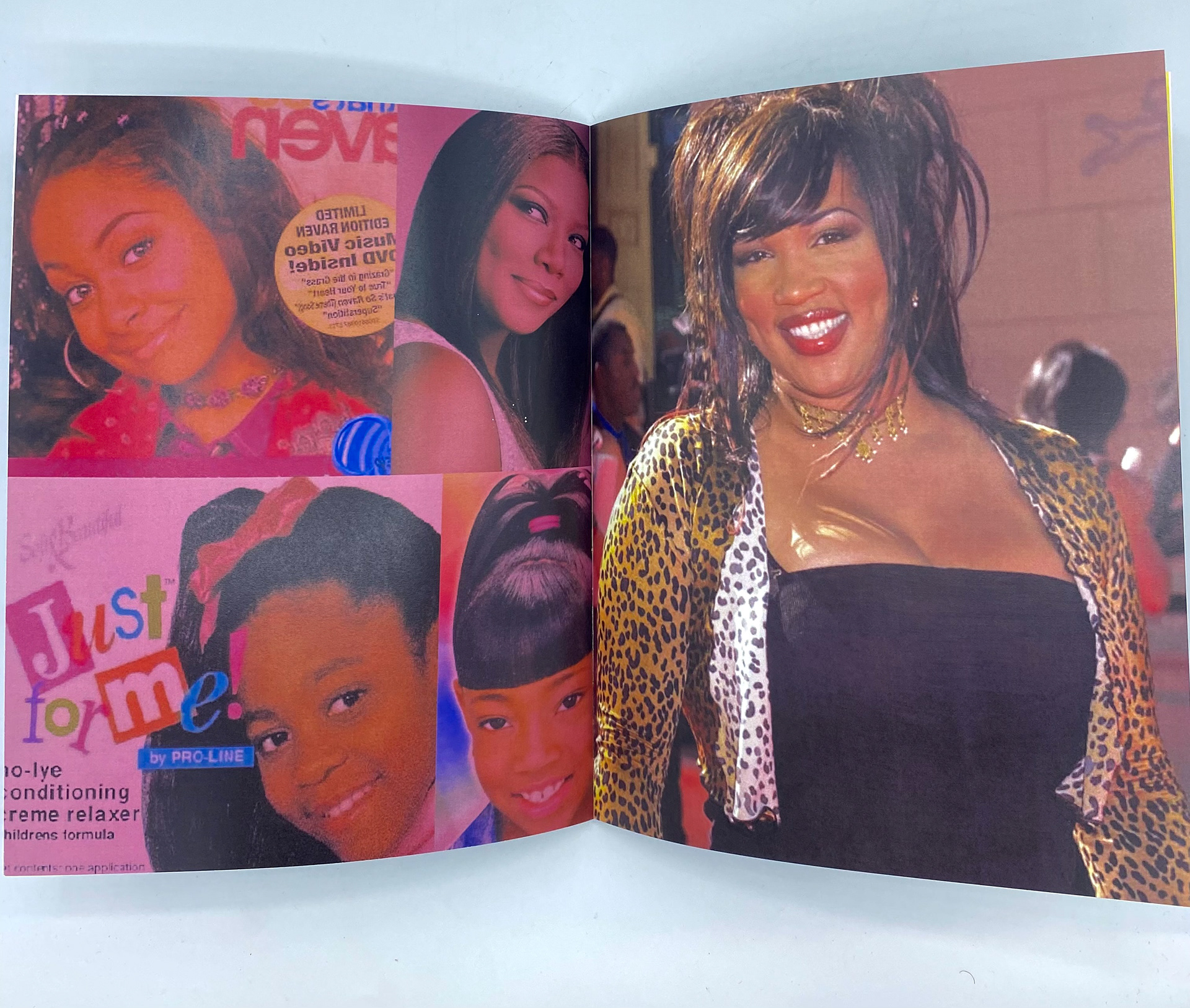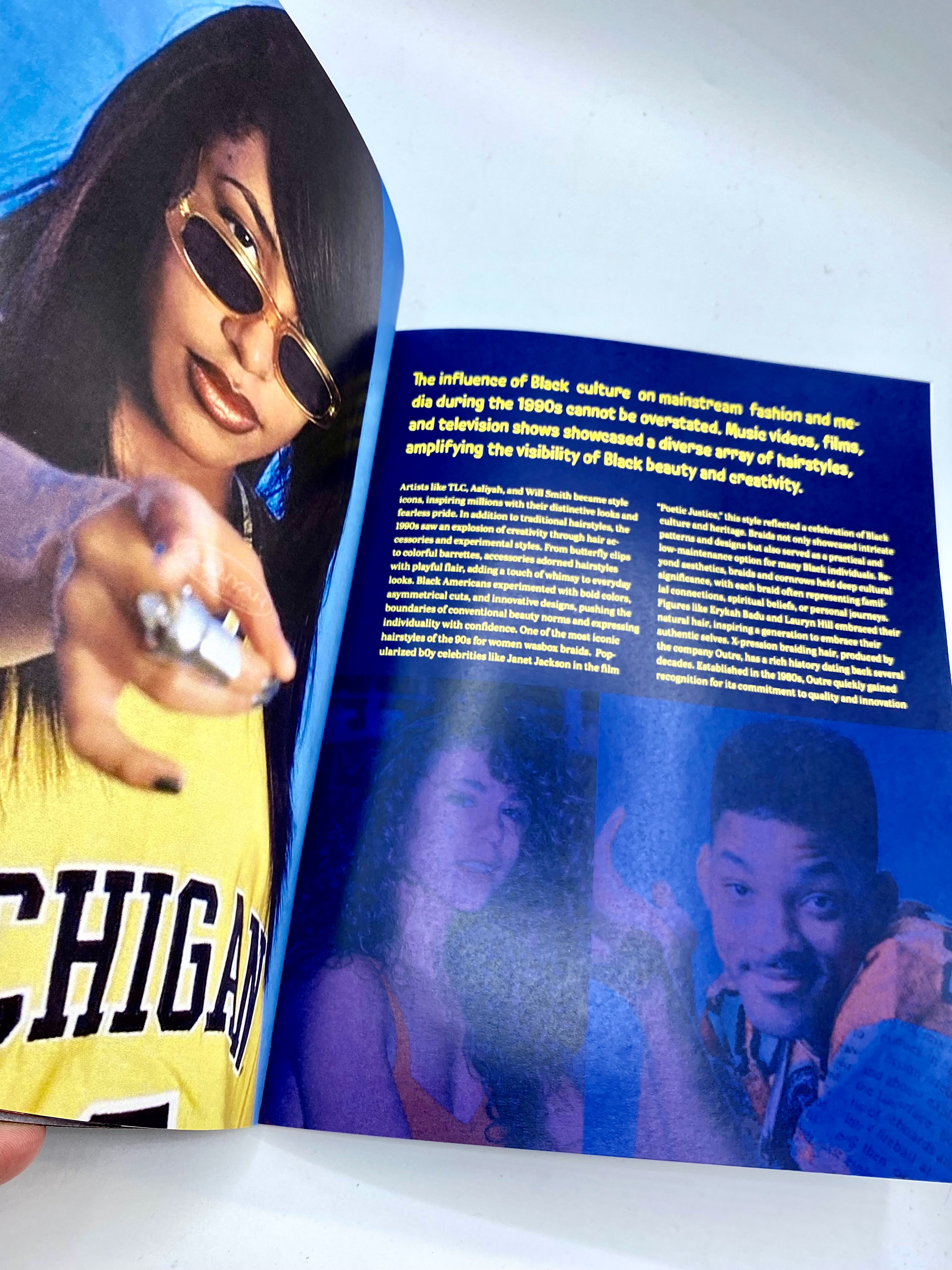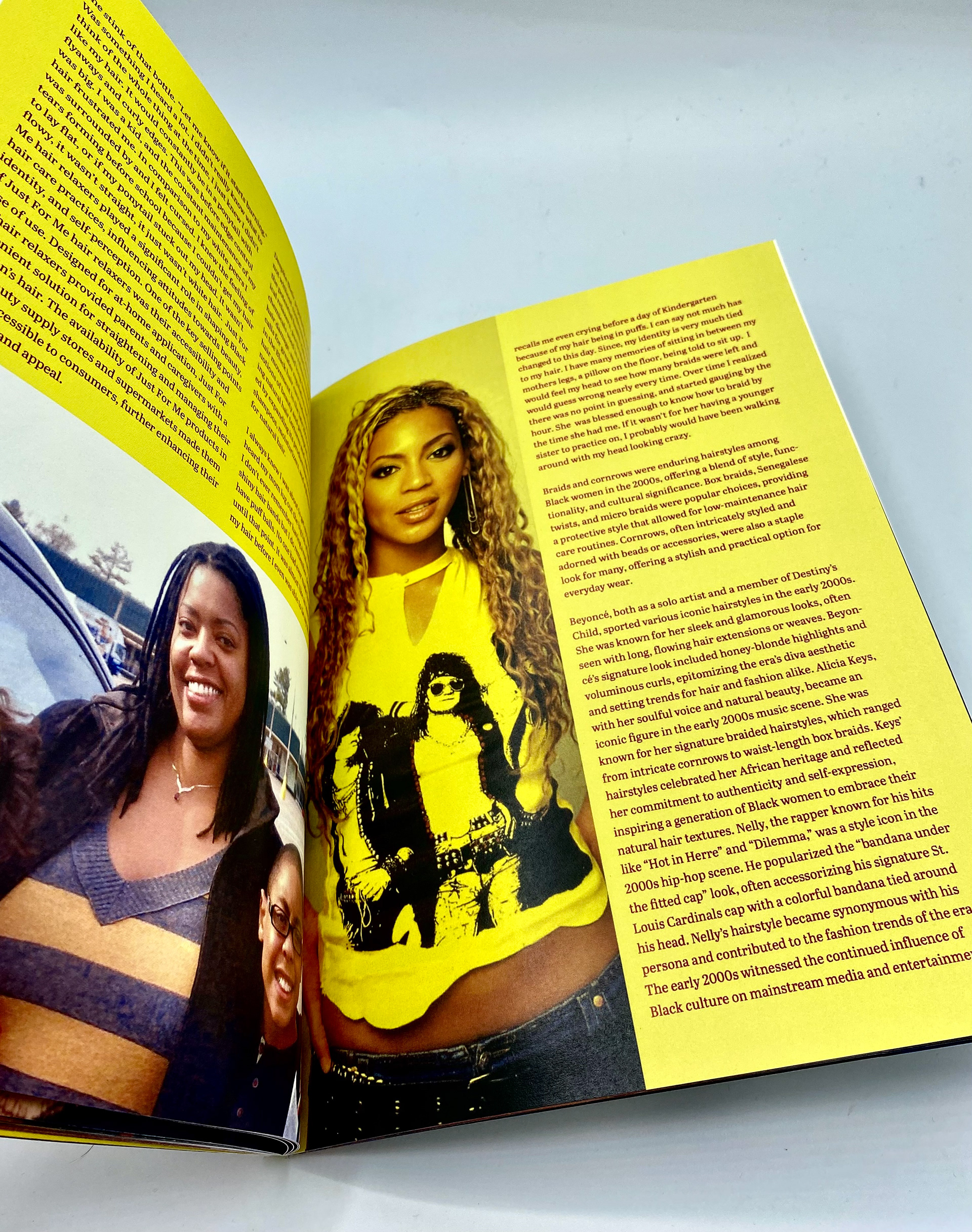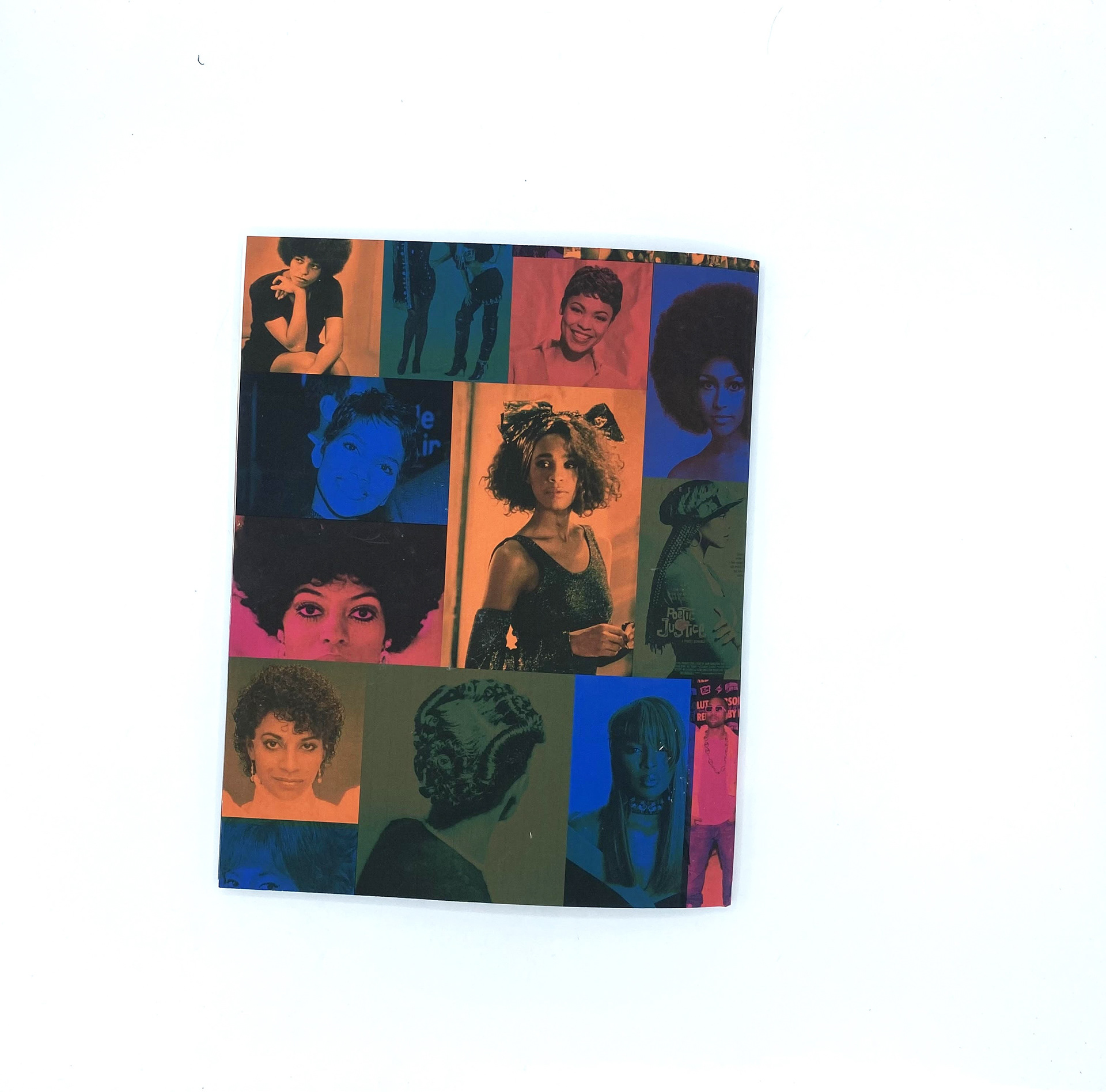

My exploration of the cultural history of Black hair in America begins in the 1600s, when enslaved Africans first arrived on these shores. From the outset, hair was a crucial marker of identity, resilience, and resistance. Confronted with enforced European beauty standards, Black communities cultivated distinctive hairstyles that asserted self‑definition and cultural continuity. Over the centuries, these evolving hair traditions have powerfully shaped Black expression and identity in the United States.
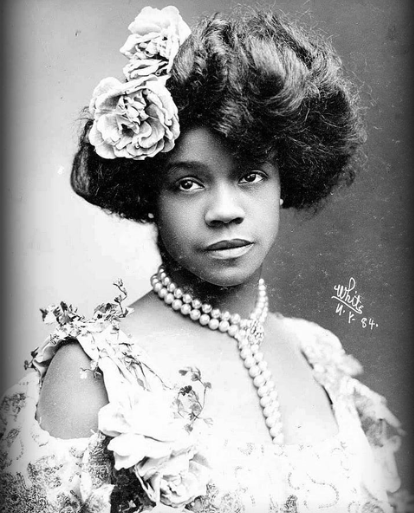
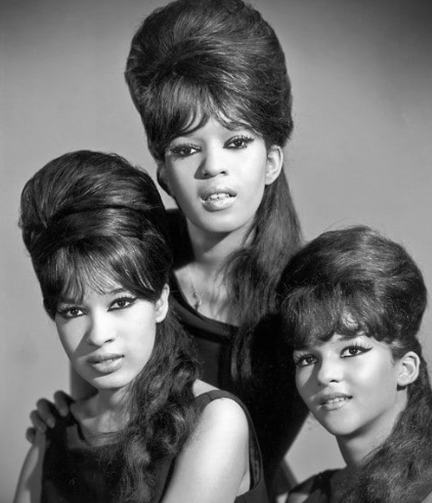

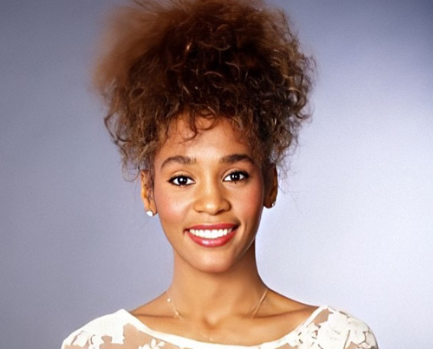
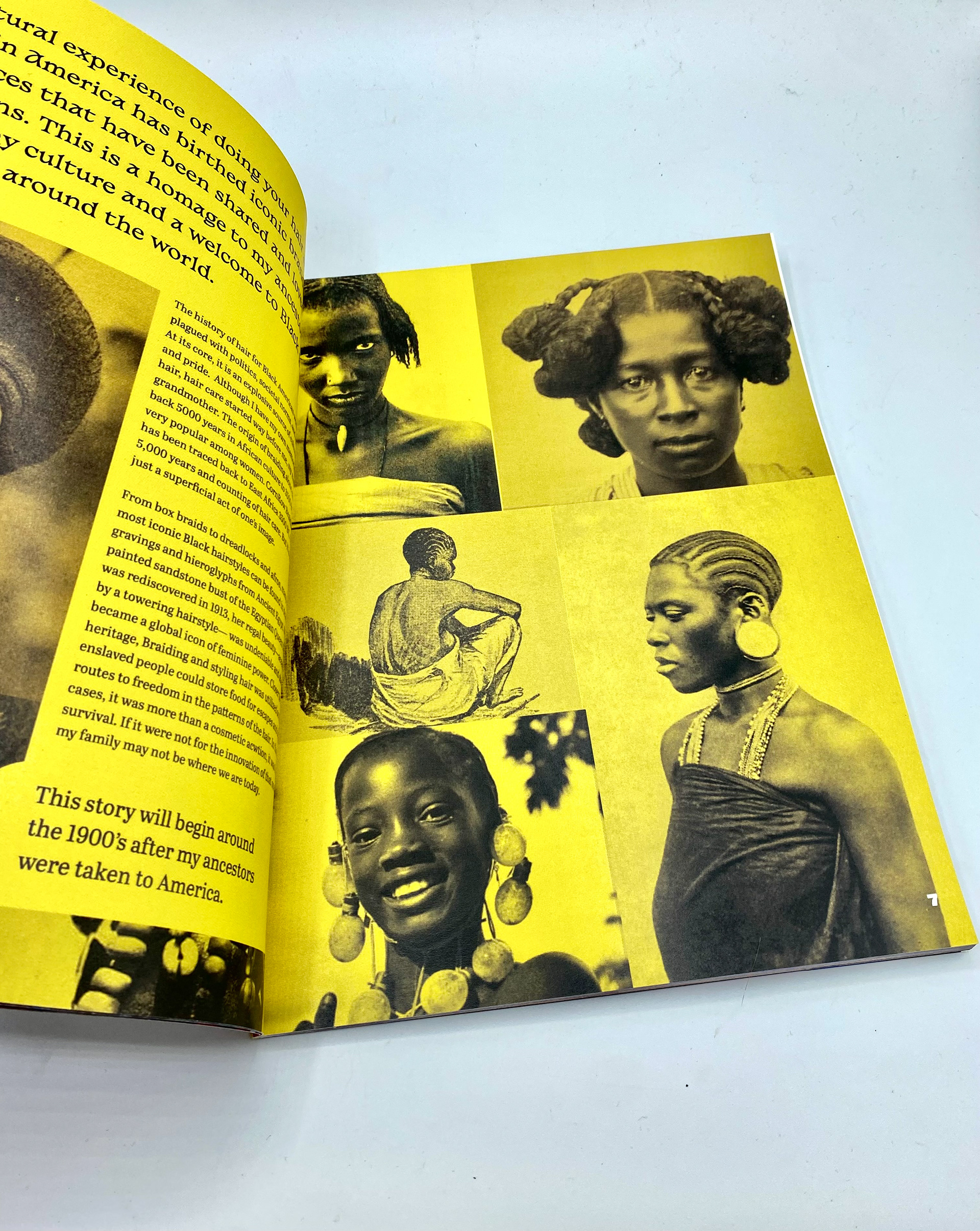
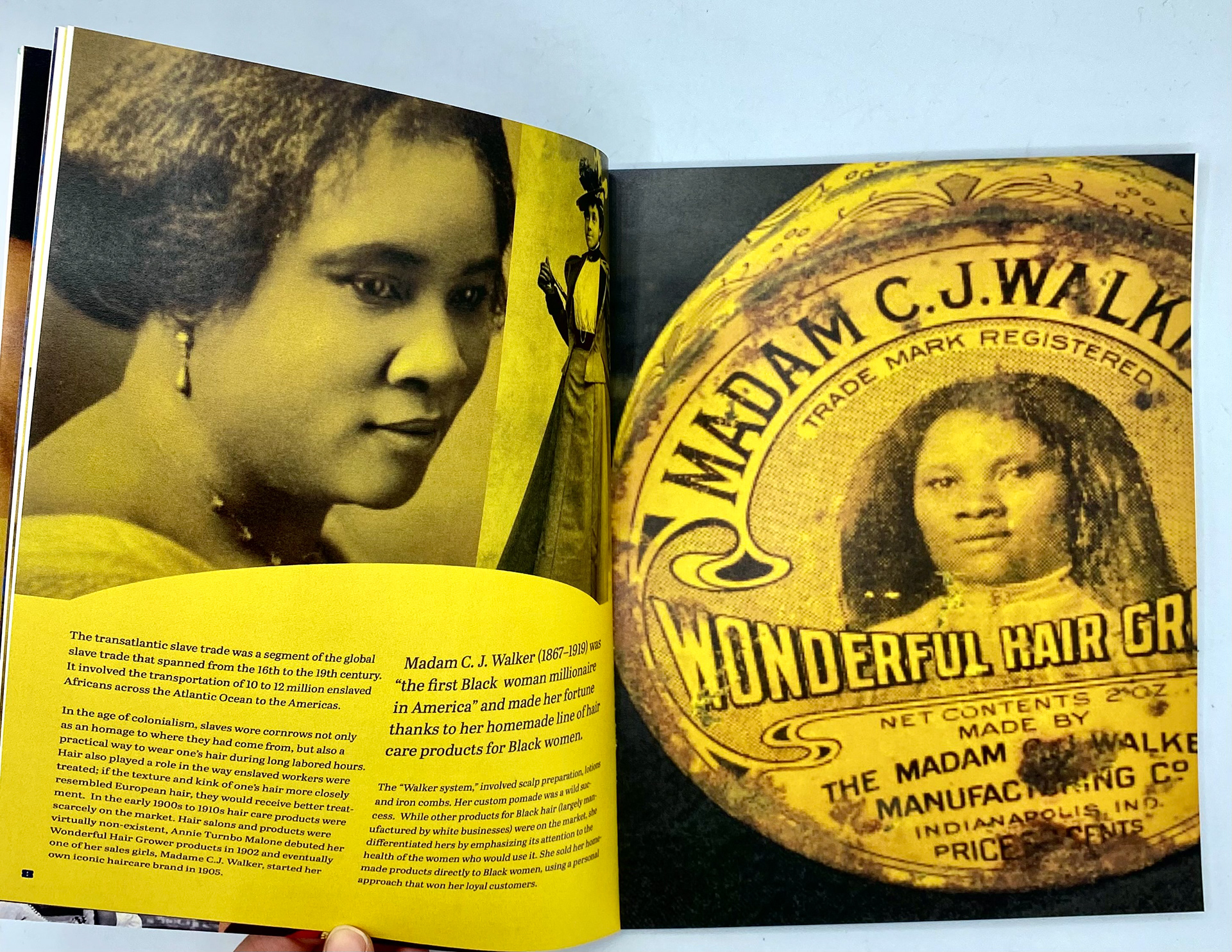

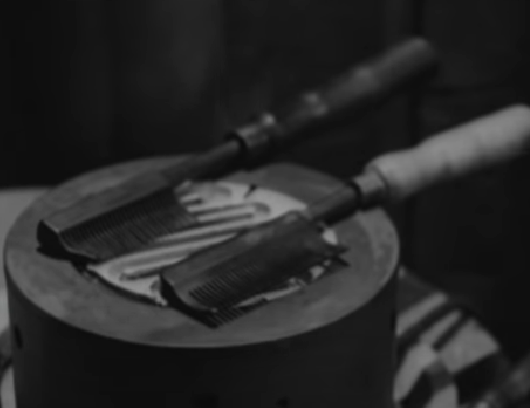
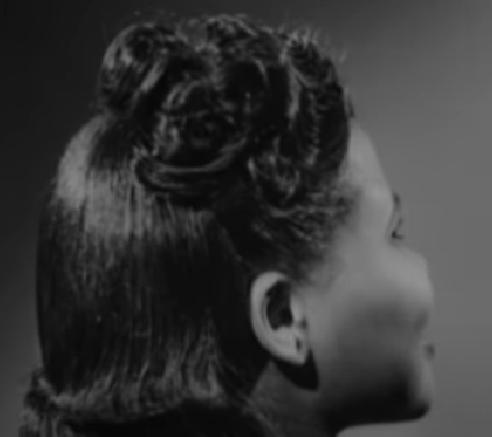
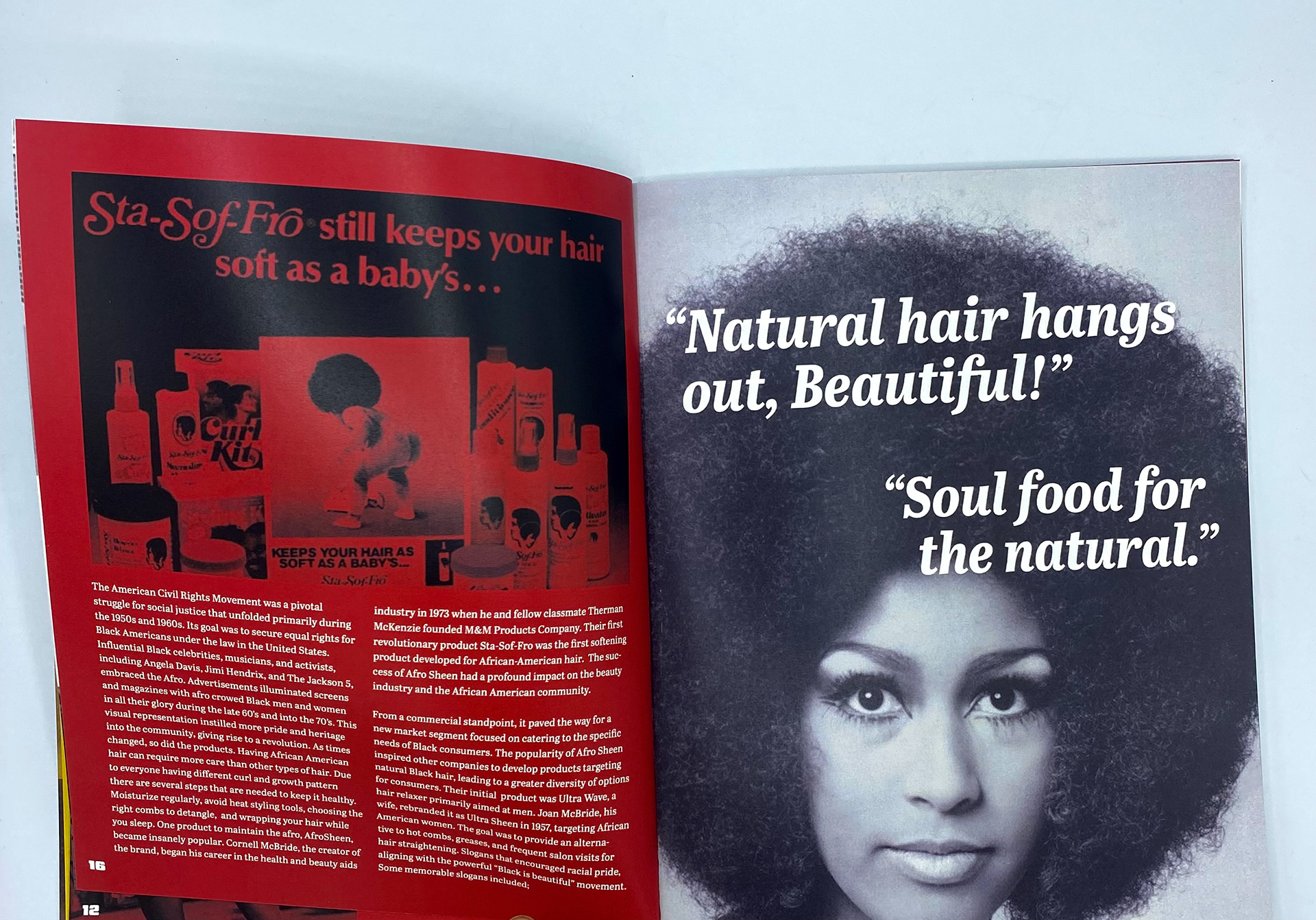
As I traced each decade, I examined how Black hairstyles mirrored—and often challenged—the social and political climate of their time. In the early 1900s, sleek, straightened looks reflected pressure to conform to prevailing beauty ideals. The Harlem Renaissance soon celebrated natural textures, signaling artistic freedom and racial pride.
By the 1960s and 1970s, the Civil Rights and Black Power movements inspired bold, unapologetic Afros that proclaimed self‑determination. That spirit of agency carried into the 1980s, when a thriving Black hair‑care industry offered even more avenues for creativity. Across these eras, evolving styles became a powerful language of self‑expression, resistance, and pride—expressing both personal identity and the broader cultural shifts shaping Black America.
